Course Title: Domain-Based IT Infrastructure Development
Course Overview: This course is designed to equip individuals with the expertise needed to plan, develop, and manage IT infrastructure within specific domains or industries. It provides a deep dive into the technical and strategic considerations necessary for building resilient, scalable, and secure IT systems tailored to the requirements of various sectors.
Course Objectives: Upon completion of this course, students will:
- Understand Domain-Specific Needs:
- Gain insights into the unique IT infrastructure requirements of different domains, such as healthcare, finance, education, or e-commerce.
- Infrastructure Design and Planning:
- Learn how to design IT systems that align with domain-specific objectives, compliance regulations, and industry standards.
- Network Architecture and Connectivity:
- Develop expertise in designing network architectures that ensure high availability, performance, and security.
- Data Management and Storage:
- Explore strategies for data storage, backup, and retrieval tailored to the demands of the chosen domain.
- Security and Compliance:
- Implement robust security measures and compliance protocols specific to the industry’s data protection and regulatory requirements.
- Scalability and Resource Optimization:
- Discover methods for scaling IT infrastructure to accommodate growth and optimizing resource allocation.
- Cloud Integration:
- Understand how to integrate cloud solutions where applicable to enhance agility and cost-effectiveness.
- Disaster Recovery and Business Continuity:
- Develop plans and practices for disaster recovery and ensuring business continuity within the chosen domain.
- Monitoring and Performance Optimization:
- Implement monitoring tools and techniques to assess and optimize the performance of IT systems.
- Emerging Technologies:
- Stay updated on emerging technologies and trends relevant to the specific domain and leverage them for innovation.
Course Structure: This course typically includes lectures, case studies, hands-on labs, group projects, and real-world scenarios. Students may work on domain-specific projects to gain practical experience.
Assessment: Assessment methods may include domain-specific project presentations, exams, assignments, and participation in discussions and group activities.
Who Should Take This Course: This course is suitable for IT professionals, system administrators, network engineers, and technology managers seeking to specialize in designing and managing IT infrastructure tailored to specific domains.
Prerequisites: Prerequisites may include a foundational understanding of IT infrastructure and technology concepts.
Course Materials: Course materials may include domain-specific case studies, industry-specific best practices, textbooks, online resources, and access to relevant tools and software.
Instructor: An experienced IT professional with expertise in domain-specific infrastructure development and management.
Course Duration: The duration of the course can vary but is typically offered as a semester-long or short-term program.
By the end of this course, participants will be well-prepared to design, implement, and manage IT infrastructure within their chosen domain, ensuring that technology solutions align with industry-specific needs and standards.
Delivery Methods
- Fully Online Based
- Instructor Led
- LMS
LMS Course Link
Click Here to ENTER LMS Domain Based IT Infrastructure Development Course
Course Syllabus-Domain Based IT Infrastructure Development
Server OS Management
- Downloading Windows server 2019/2022 Evaluation from Microsoft official Platforms
- Extending process of windows server 2019 evaluation periods
- Windows server 2019 pricing and licensing
- Converting Windows server 2019 Evaluation to full version
- Server OS installation, configuring & administration
Domain-based networking with Windows ADS
- Domain Based Networking
- What is Domain Based Network
- Domain Based Network vs P2P Network
- Benefits of Domain-Based Network
- Why Domain Based Network for Enterprise level IT Solutions
- Planning & needs for Domain-based network
- Organizational/enterprise needs analysis
- Planning steps for a Domain-Based Network
- Hardware & software requirements for a Domain-Based Network
- Developing steps for a Domain-Based Network
- Designing a Domain-Based Network
- Implementation of a Domain-Based Network
- Implementation steps for a Domain-Based Network
- Selection of server OS
- Selection criteria for dedicated server PC
- Selection of server PC
- Installation server OS into dedicated server PC
- Promotion server PC as a Domain controller with Active Directory services
- Configure and Manage Active Directory
- Installing read-only domain controllers
- Configuring virtual domain controllers
- Backing up Active Directory
- Recovering Active Directory
- Configuring account policies: password, lockout, and Kerberos
- Configuring service accounts
- Managing service accounts
- Working in Domain Environment
- Configuring an individual PC to join a Domain-Based Network
- Log in process into Domain Based Network
- Windows Server: IP Addressing
- Rules of IP addressing
- Private vs. public IP addressing
- How binary numbers work
- Subnetting your networks
- Planning an IP addressing scheme
- Configuring an IPv4 host
- Troubleshooting networking issues
- Member server installation & management
- Server components and server architecture
- Basic configuration
- Server Roles
- Asset management
- Server storage
- Server security
- Configuring server roles
- DHCP
- DHCP installation and configuration
- DHCP Manager
- DHCP scope management
- Configuring an address pool for the DHCP server
- Multiple DHCP server in a Domain
- DHCP relay agent
- DHCP client’s management
- DNS
- DNS installation and configuration
- DNS Manager
- DNS zone management
- Backup and Multiple DNS server in a Domain
- Configuring a Network For DNS
- Lookup command details
- FTP
- Default FTP server
- FTP server user management and access control
- Multiple FTP server configuration
- IIS/WEB
- Default web server
- Default web site publishing
- Multiple web sites publishing
- Remote Installation Server (RIS)-WDS
- WSUS
- Proxy
- DHCP
- Domain user’s management
- Creation of domain user
- Domain user’s rights assignment
- User profile management
- Roaming user profiles
- Suspension & deletion of domain users
- Implementing Group Policy
- Creating a Group Policy object
- Assign specific GPO to Users, Groups and OUs
- Group Policy inheritance
- Processing
- Adjusting Group Policy preferences and settings
- Running a Group Policy update
- Troubleshooting Group Policy
- Adjusting security settings and policies
- Import settings
- Backup and restorations GPOs
- Organizational Units management
- Viewing details of an OU
- Creating an OU
- Renaming an OU
- Moving an account to an OU or between the root and OUs
- File Services
- Configuring File Server Resource Manager (FRSM)
- Configuring quotas
- Creating and testing a file screen
- Using storage reports to check for duplicate files
- Configuring file management tasks
- Configuring Distributed File System (DFS)
- Configuring DFS replication
- Encrypting files using the Encrypting File System
- Auditing file access
- Remote Desktop Services (RDS)/Application Server Management
- Plan and design
- Installing and configuring RDS
- RDS resources managementAdding remote apps
- Assign User groups
- Publishing Remote Apps
- Accessing and use of Remote Apps
- Access from anywhere
- Windows Server: Storage Services
- Working with the Computer Management interface
- Formatting disks and editing files from the command line
- Configuring advanced file services
- Using PowerShell to create VHD and VHDX files
- Implementing Storage Replica
- Configuring tiered storage
- Data deduplication
- Storage on Hyper-V
- Creating a RAID mirror in Storage Spaces Direct
- Backup & maintenance of Domain-Based Network
- Enterprise backup policies
- Whole system backup techniques
- Backup Server (Local)
- Installing backup server
- Backup Schedule
- Backup once
- Recover
- Performance settings
- Full server backup
- Custom backup
- Backup media
- ADS data backup and restoration only
- User data backup
- Systems Cloning/Imaging, Systems Preparation for Cloning ang imaging
- Server Clustering
- Failover Cluster Manager
- Cluster requirements
- Validating Configuration
- Creating Cluster
- Connecting to Cluster
- Managing Cluster with Windows Admin Center
- Migration
- Domain Migration
- Server Migration
- OS migration
- Endpoint and Network administration
- Installing Windows Admin Center (WAC)
- Managing Windows with WAC and PowerShell
- Using PowerShell remoting
- Monitoring the health of Windows servers
- Capturing real-time performance data
- Protecting networks with Windows Defender ATP
- Windows updates on Server
- Selecting updates to distribute
- RAS, Remote administration & supports
- Routing and remote access services installation & management
- Routing and NAT Configuration
- Configuring Computer as a NAT enabled router
- Static Routing Configuration
- Packet Mapping
- NAT services-Port forwarding
- MAC Filtering
- IP bindings
- Network bridging
- Internet connection sharing routing and NAT
- Remote Server management
- Domain server management in single location by server manager
- Delegation of Control
- RDP
- VPN
- Telnet
- Third-party RAS
- Network Policies and Policy Server Management
- Network Policies Overview
- NPS server management
- RADIUS Client and Server Access Monitoring
- Policies management
- Templates Management
- Server Virtualization in Hyper-V Platforms
- Hyper-V Architecture
- Hyper-V installation on Windows 10 PC and Windows Server 2019
- Hyper-V Dashboard management
- Virtual Machine creation preparation on Hyper-V
- VMs creation, deletion, backup, cloning, snapshot etc
- Guest OS installation on VMs
- Export and import VMs
- Hyper-V Networking
- Hyper-V Virtual Networking Architecture
- Virtual Networking hardware configuration
- Virtual Routing and Switching with NAT services
- NAT networking
- Bridge Networking
- Internal Networking
- Host-only networking
- Mixed mode networking
- Remote Router management
- Configure Hyper-V networking
- Add and remove virtual network interface cards (vNICs)
- Configure Hyper-V virtual switches
- Optimize network performance
- Configure MAC addresses
- Configure network isolation
- Configure synthetic and legacy virtual network adapters
- Configure NIC teaming in VMs
- Configure virtual machine queue (VMQ)
- Maintenance & troubleshooting
- Routine Checkup lists
- Checkup prerequisites
- Active Directory Environment Health check
- Functional Test
- Cloud Integration
- Cloud Computing IaaS Platform Development
- On prem and Cloud integration
- Hybrid IAM management

SP Cloud Academy Online Courses
-

TeamViewer Full Course Syllabus with Advanced Topics
-

AI in Education: Transforming Learning and Teaching
-
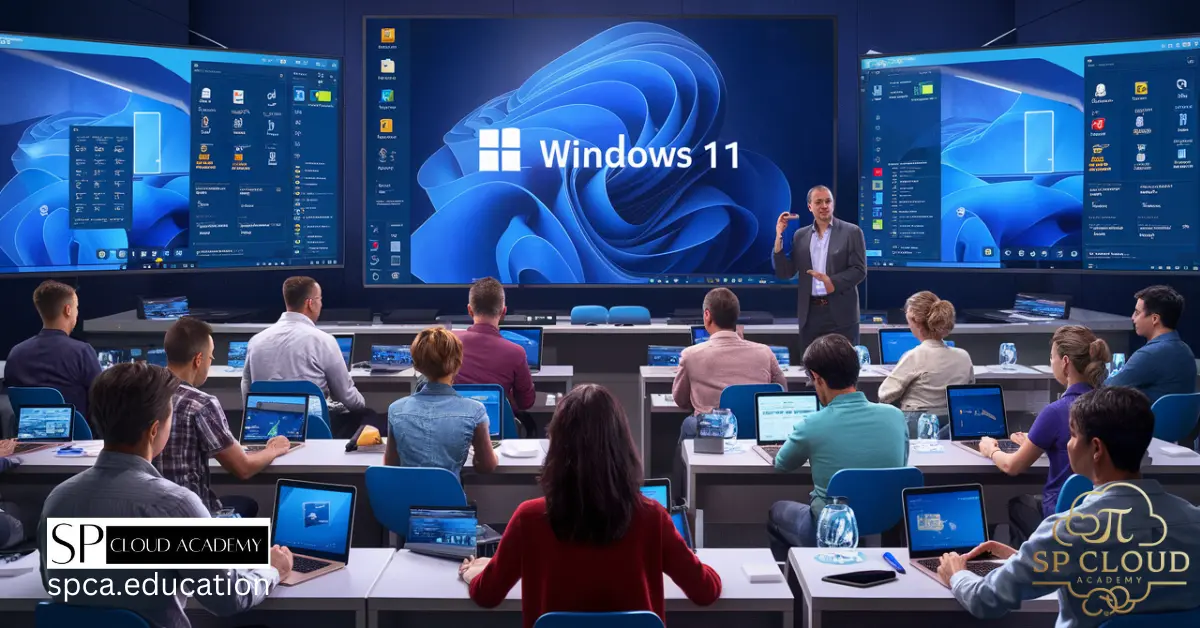
Windows 11 Advanced Course
-

Amazon Affiliate Marketing Full Course
-

Mastering Google Apps for Education
-

Adobe Captivate Full Course
-
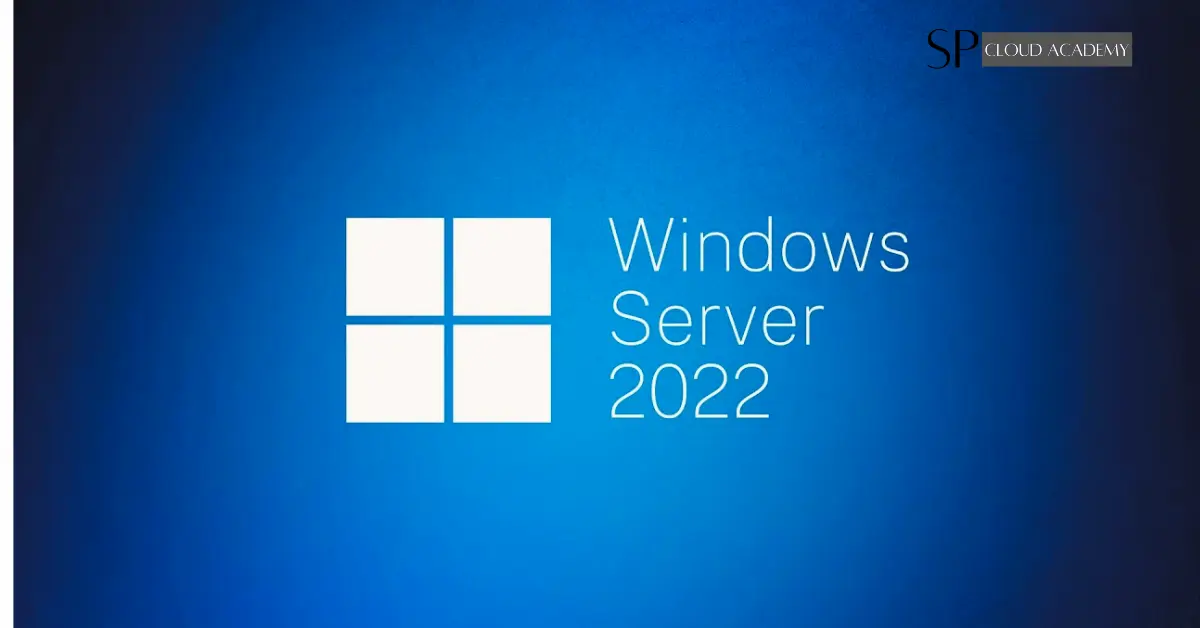
Master Windows Server 2022
-

Microsoft Azure Administration
-

MOODLE Based LMS Site Development and Administration
-
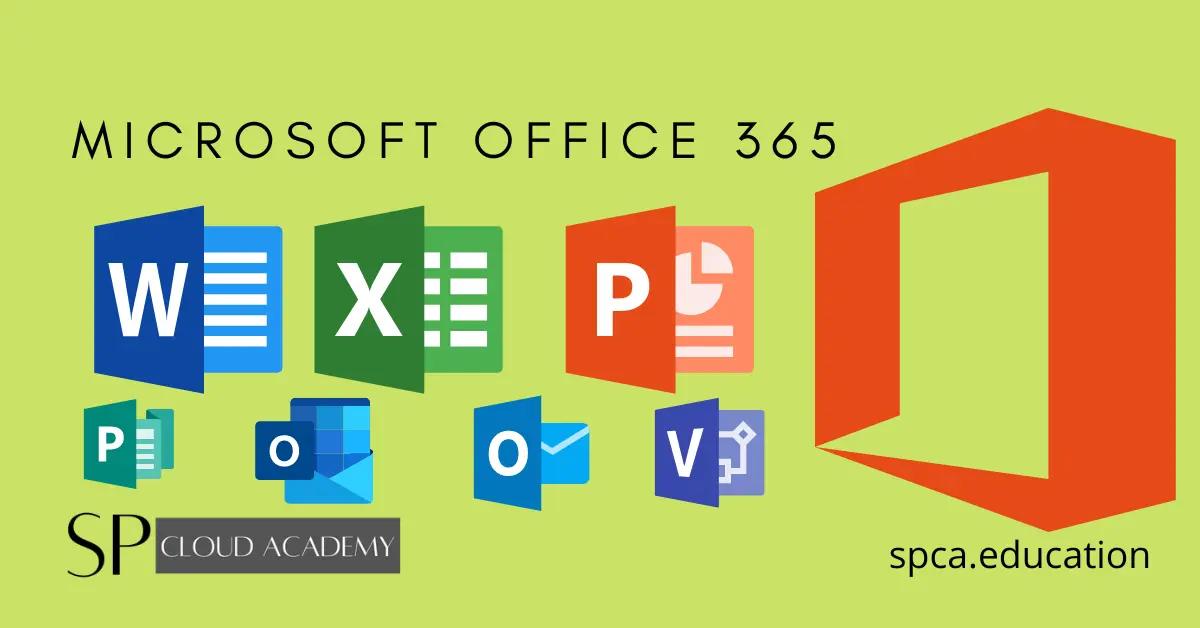
Microsoft Office 365 Administration
-
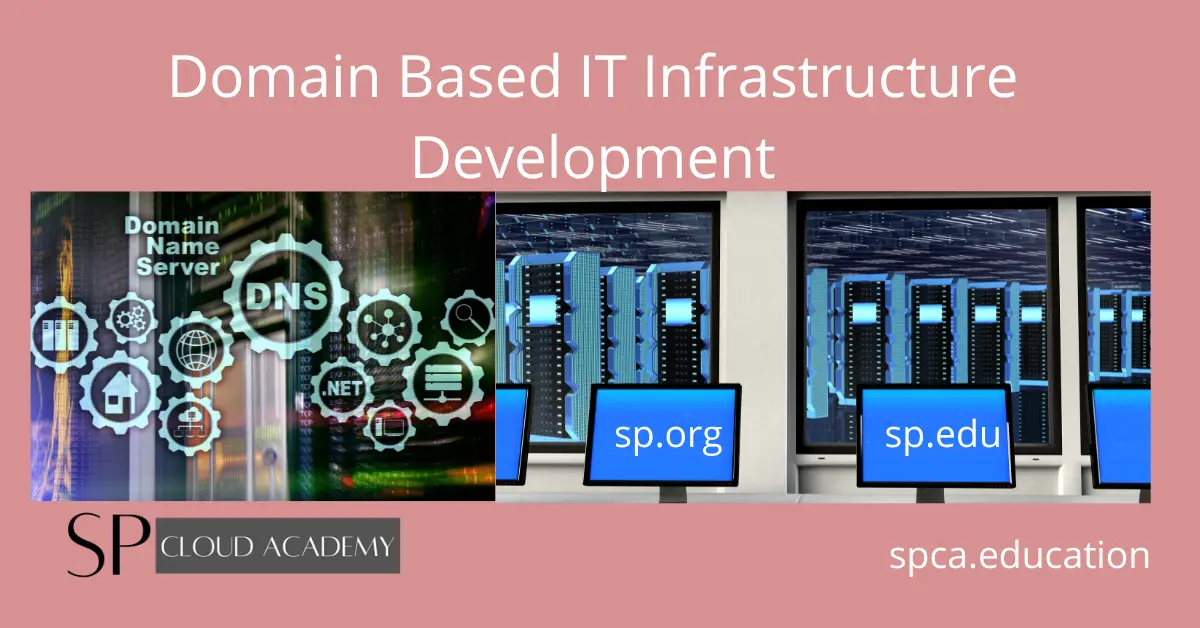
Domain Based IT Infrastructure Development
-
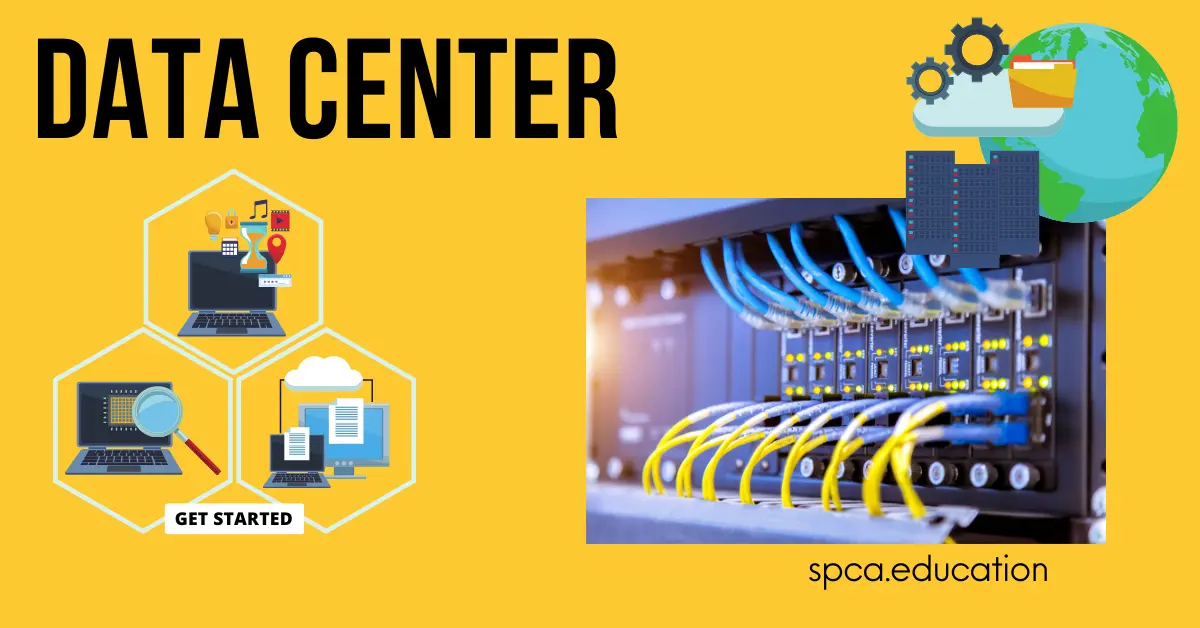
Data Center-Development and Administration